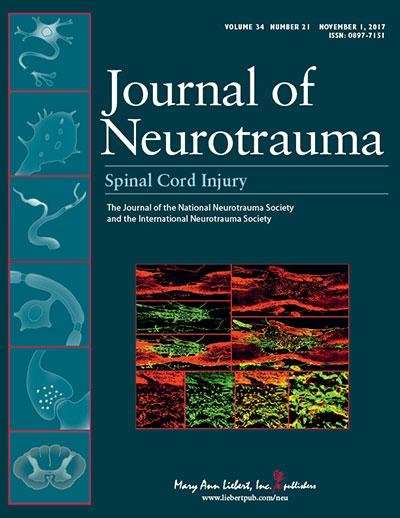New study finds widespread consequences after traumatic spinal cord injury

Researchers have shown that some of the critical pathophysiological responses to traumatic spinal cord injury (SCI), evidence of insufficient oxygen levels and metabolic stress that can permanently damage tissue, persist for at least a week post-injury at and extending away from the injury site in a large animal model. Evidence demonstrating hemodynamic and metabolic changes up to day 7 in a minipig model of traumatic SCI are reported in a new study published in Journal of Neurotrauma.
Brian Kwon and coauthors from University of British Columbia, Vancouver, suggest that the common clinical practice of providing patients with traumatic SCI with hemodynamic support out to 7 days post-injury may not be sufficient to prevent ischemia-related damage to the injured cord. In the article entitled "Changes in Pressure, Hemodynamics, and Metabolism within the Spinal Cord during the First 7 Days after Injury Using a Porcine Model," the researchers present the results of analyzing the lactate/pyruvate ratio (a measure of metabolic activity), blood flow, oxygenation, and hydrostatic pressure at and near the site of traumatic SCI in minipigs. The findings indicate that the post-injury changes tended to continue and sometimes worsen over days 2-7, even at measurement sites farther away from the injury.
"This is an important paper reporting on preclinical findings using a large animal model that could impact how physicians manage SCI patients," says W. Dalton Dietrich, PhD, Deputy Editor of Journal of Neurotrauma and Professor, University of Miami Miller School of Medicine, Miami, Florida. "The results indicate that providing hemodynamic support to SCI patients for a restricted period may not be optimal to protect against posttraumatic injury mechanisms."
More information: Femke Streijger et al, Changes in Pressure, Hemodynamics, and Metabolism within the Spinal Cord during the First 7 Days after Injury Using a Porcine Model, Journal of Neurotrauma (2017). DOI: 10.1089/neu.2017.5034



















